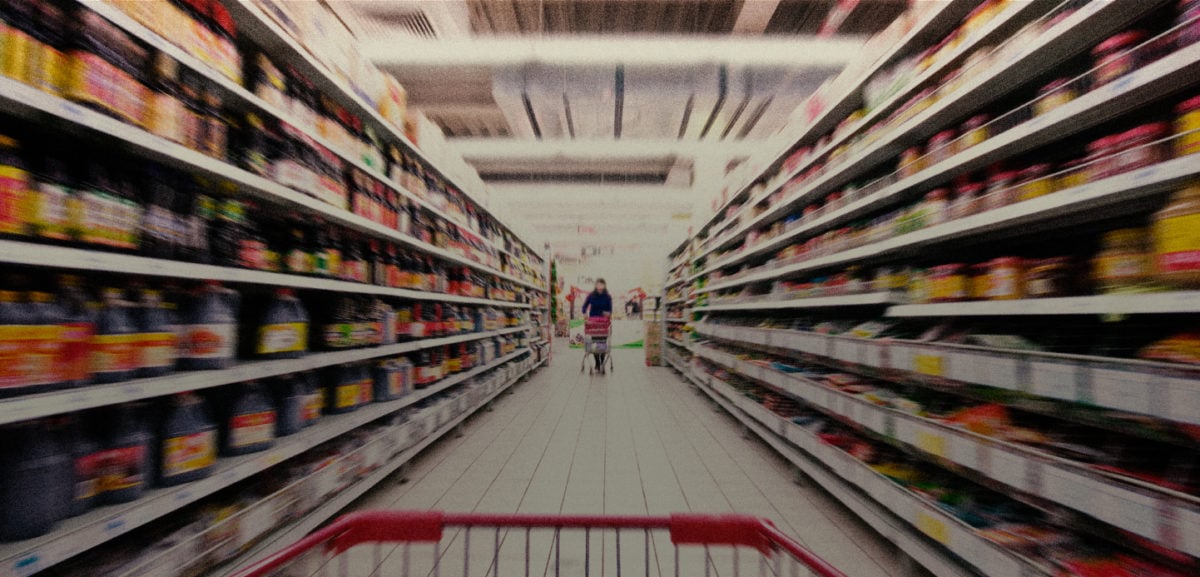Incident Report: Infrastructure Failure and Flooding in American Fork, Utah
Executive Summary
On Tuesday afternoon, a significant infrastructure failure occurred in American Fork, Utah, when a pressurized irrigation line ruptured. The incident resulted in extensive flooding in a residential and commercial neighborhood, causing property damage and disrupting community services. This event highlights critical challenges and opportunities related to urban infrastructure resilience, water management, and community safety, directly aligning with several United Nations Sustainable Development Goals (SDGs).
Event Details and Immediate Impact
Chronology of the Incident
At approximately 3:00 p.m., a major transmission line within the city’s pressurized irrigation system failed near 600 North between 100 East and 300 East. The breach released a large volume of water in a short period, overwhelming the local area. Eyewitness accounts and video footage confirm that water levels rose rapidly, inundating sidewalks, driveways, and properties within minutes.
Impact on Community and Local Business
The flooding caused significant disruption and damage:
- Residential Properties: Homes in the vicinity experienced water damage as floodwaters entered basements and yards.
- Commercial Properties: The local tech company, Skipio, reported severe flooding in its basement and parking lot, disrupting business operations during a week of company-wide meetings.
- Public Infrastructure: The force of the water created a large hole in the roadway, necessitating immediate road closures and future paving work.
No injuries were reported. City officials initiated an immediate response, with repair and cleanup operations estimated to take 12 to 24 hours. While the potable water supply remains safe and unaffected, the irrigation system was taken offline for repairs.
Analysis in the Context of Sustainable Development Goals (SDGs)
SDG 11: Sustainable Cities and Communities
This incident serves as a direct case study for Target 11.5, which aims to significantly reduce the damage caused by disasters, including water-related events, and protect the poor and people in vulnerable situations. The city’s response, including covering repair costs and offering assistance to affected residents, aligns with the goal of building inclusive and resilient communities. The event underscores the need for municipalities to develop robust disaster response plans for infrastructure failures to minimize economic and social disruption.
SDG 9: Industry, Innovation, and Infrastructure
The failure of the irrigation pipe points to challenges addressed by Target 9.1: to develop quality, reliable, sustainable, and resilient infrastructure. According to city officials, such a break is unusual for the summer season, suggesting potential underlying vulnerabilities in the system due to age or environmental stress. Achieving SDG 9 requires:
- Continuous investment in the maintenance and modernization of aging water systems.
- Assessment of infrastructure resilience against unexpected pressures, not just seasonal changes.
- Adoption of innovative materials and monitoring technologies to prevent future breaches.
SDG 6: Clean Water and Sanitation
The event highlights the importance of managing water resources effectively, a core tenet of SDG 6. While the city successfully maintained the safety of its drinking water (Target 6.1), the failure of the separate irrigation network demonstrates the fragility of water delivery systems. This incident emphasizes the importance of:
- Maintaining distinct and secure systems for potable and non-potable water to protect public health.
- Ensuring the operational integrity of all water infrastructure to support both human needs and urban ecosystems (e.g., landscaping), in line with Target 6.4 on water-use efficiency.
- Strengthening local community participation in water management and repair efforts (Target 6.b).
Conclusion and Path Forward
The flooding in American Fork is a critical reminder of the interconnectedness of urban infrastructure, community well-being, and global sustainability objectives. The city’s immediate response has been effective in managing the crisis. However, the event necessitates a long-term strategic focus on upgrading infrastructure to enhance resilience, ensuring alignment with the Sustainable Development Goals. Moving forward, prioritizing investment in modern, durable water systems is essential for safeguarding communities against future disasters and building a truly sustainable urban environment.
SDGs Addressed in the Article
- SDG 6: Clean Water and Sanitation
- SDG 9: Industry, Innovation, and Infrastructure
- SDG 11: Sustainable Cities and Communities
Identified SDG Targets
-
SDG 6: Clean Water and Sanitation
- Target 6.4: Substantially increase water-use efficiency across all sectors and ensure sustainable withdrawals and supply of freshwater. The article discusses the failure of a “pressurized irrigation system,” which directly impacts the water supply for non-potable uses like landscaping. The disruption, which left residents “without irrigation water for the immediate future,” highlights the importance of maintaining efficient and reliable water supply systems.
-
SDG 9: Industry, Innovation, and Infrastructure
- Target 9.1: Develop quality, reliable, sustainable and resilient infrastructure…to support economic development and human well-being. The core issue described is a failure of infrastructure: a “crack in the transmission line” of an irrigation pipe. The article notes the unusual nature of a “break like this in the dead of summer,” suggesting a lack of resilience in the infrastructure against pressure changes. The city’s effort to “assess the damage and replace it with a new one” is a direct action toward restoring reliable infrastructure.
-
SDG 11: Sustainable Cities and Communities
- Target 11.5: Significantly reduce the number of deaths and the number of people affected and substantially decrease the direct economic losses…caused by disasters, including water-related disasters. The flooding event is a localized, water-related disaster. The article details its impact on people (“residents scrambled to protect their property,” a company’s staff was affected) and the direct economic losses (“water damage to homes, businesses, and streets,” “several feet of water in its basement and parking lot”).
Indicators for Measuring Progress
-
For Target 9.1 (Resilient Infrastructure)
- Indicator: Damage to critical infrastructure. The article explicitly mentions the “crack in the transmission line,” the resulting “large hole in the roadway,” and the fact that the pipe needed to be replaced. This serves as a direct measure of infrastructure failure.
- Indicator: Cost of infrastructure repair. The article states that “the city has confirmed it will cover the cost of fixing the pipe,” implying a specific financial cost associated with restoring the infrastructure to a functional state.
-
For Target 11.5 (Disaster Impact Reduction)
- Indicator: Number of people affected by a water-related disaster. The article identifies the affected population as residents in the neighborhood “near 600 North between 100 East and 300 East” and the “entire staff” of the tech company, Skipio.
- Indicator: Direct economic loss attributed to disasters. The article implies direct economic losses through descriptions of “water damage to homes, businesses, and streets.” Specific examples include a business finding “several feet of water in its basement and the parking lot” and the fact that residents who “sustained property damage are encouraged to contact the city for assistance with repairs.”
Summary of SDGs, Targets, and Indicators
| SDGs | Targets | Indicators |
|---|---|---|
| SDG 6: Clean Water and Sanitation | 6.4: Increase water-use efficiency and ensure sustainable supply. | Duration of irrigation water service interruption. |
| SDG 9: Industry, Innovation, and Infrastructure | 9.1: Develop quality, reliable, sustainable and resilient infrastructure. |
|
| SDG 11: Sustainable Cities and Communities | 11.5: Reduce the number of people affected and economic losses from disasters. |
|
Source: kutv.com







